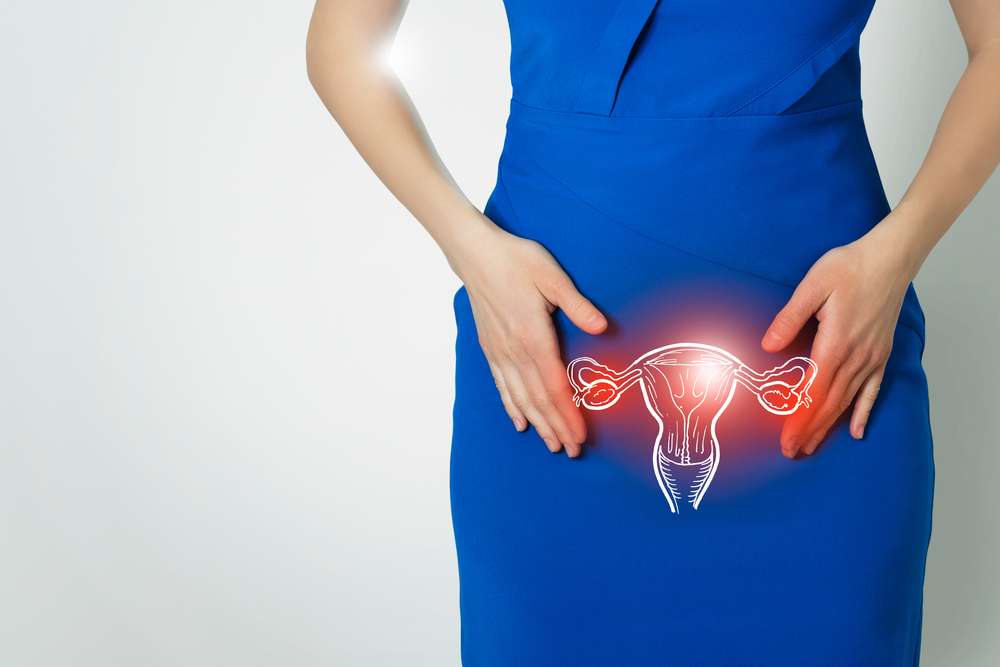
Premature Ovarian Insufficiency Linked to Increased Bone Mineral Density and Osteoporosis Risk
Premature ovarian insufficiency (POI) is a condition that involves the cessation of ovarian function in women under 40 years old. A recent study has found that POI is associated with an increased risk of bone mineral density (BMD), which can lead to conditions like osteoporosis and low-energy fractures. The diagnosis of POI is typically based on evaluating follicle-stimulating hormones (FSHs), with FSH levels over 25 IU/L on multiple occasions being indicative of POI. There are various causes of POI, including chromosomal abnormalities, genetic predisposition, and autoimmune diseases. Autoimmune conditions account for 4% to 30% of POI cases, with adrenal autoimmunity being the most common. Patients with POI have been observed to have decreased BMD, which is influenced by factors such as race, gender, genetics, physical activity, vitamin D levels, and certain health conditions. Estrogen plays a significant role in bone turnover, and its deficiency can lead to reduced trabecular bone mass. Women with POI have a higher risk of osteoporosis and fractures compared to the general population. The association between POI and BMD is linked to reduced peak bone mass accumulation and increased bone remodeling, particularly bone resorption. Other risk factors for BMD reduction in patients with POI include chemotherapy at a young age, high serum FSH levels, delayed diagnosis, low calcium intake, and vitamin D deficiency. Diagnosing osteopenia and osteoporosis can be challenging, but dual-energy X-ray absorptiometry (DXA) is commonly used. Hormonal replacement therapy (HRT) is recommended for premenopausal patients with POI as it improves BMD. However, the most effective regimen for HRT is still unclear. Non-hormonal treatments such as intranasal calcitonin, bisphosphonates, and parathyroid hormones are being explored as alternatives. Further research is needed to investigate non-hormonal treatment options for women with osteoporosis.
To know more: About the original article click here.
